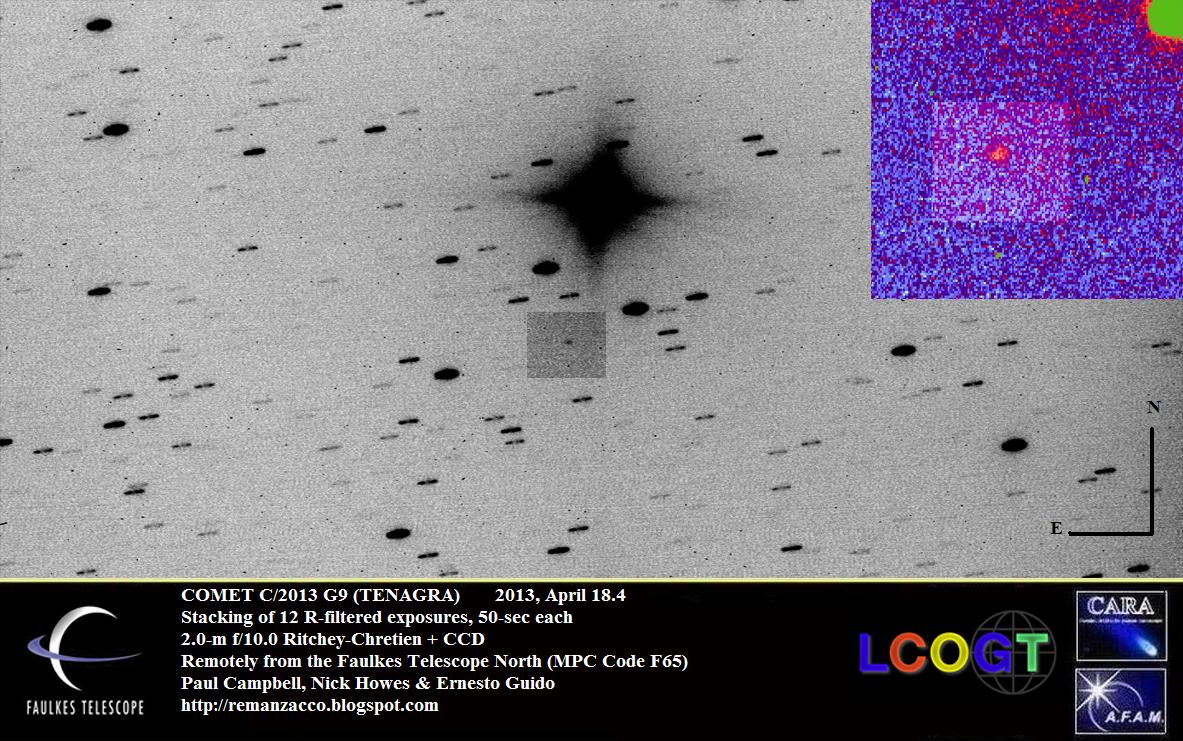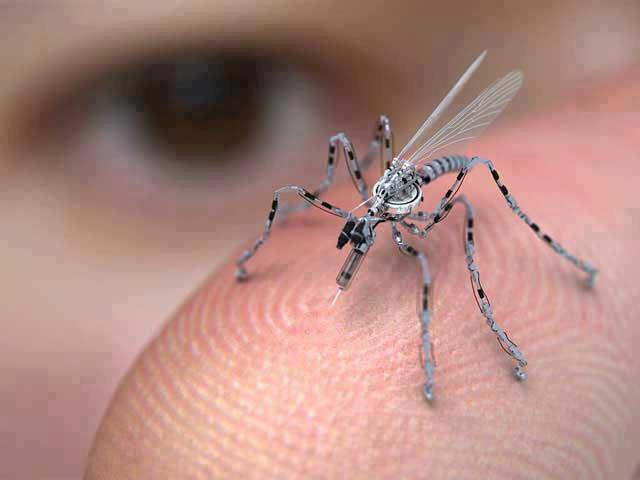
© iStockInspired by recent developments in quantum cryptography, Texas A&M quantum physicist Suhail Zubairy and collaborators in Saudi Arabia have discovered a possible new form of direct particle-less information exchange that could one day have major applications for optical communication, particularly information and communications security.
College Station - In the bizarre world of quantum physics, objects can be in more than one place at a time and future events can change the past. New research involving a Texas A&M University professor makes that microscopic realm even a bit stranger.
Quantum physicist M. Suhail Zubairy, along with a post-doctoral fellow and Saudi researchers, have discovered a form of "almost psychic communication" in which information can be exchanged between two parties without any physical particles traveling between them.
The research, to be published in the April 26 edition of the prestigious journal
Physical Review Letters and reviewed earlier this week in
Physics World, could one day have major applications in the field of optical communication, particularly for communications security.
In recent years, this field has made major improvements in allowing for the secure transfer of credit-card information between consumer and vendor. With this new research, it could go a tantalizing step further: There simply wouldn't be any data to steal in the first place within the communication channel.
Zubairy, however, is careful not to make any claims about applicability of the discovery just yet.
"Right now, this is a new, beautiful idea," said Zubairy, a professor in the
Department of Physics and Astronomy and holder of the Munnerlyn-Heep Chair in Quantum Optics. "I'm looking at it like a painter or poet looks at art or poetry. Could there be use? Yes, but our main goal right now was simply to understand the basic science first. Who knows what kinds of applications could be envisioned in the future."
Zubairy and the researchers use the example of "Alice" and "Bob" to illustrate their findings, which are detailed in a paper titled "
Protocol for Direct Counterfactual Quantum Communication."












Comment: Irrespective of its actual usefulness, increased funding and further development of surveillance technology are clear benefactors of false flag terrorism.